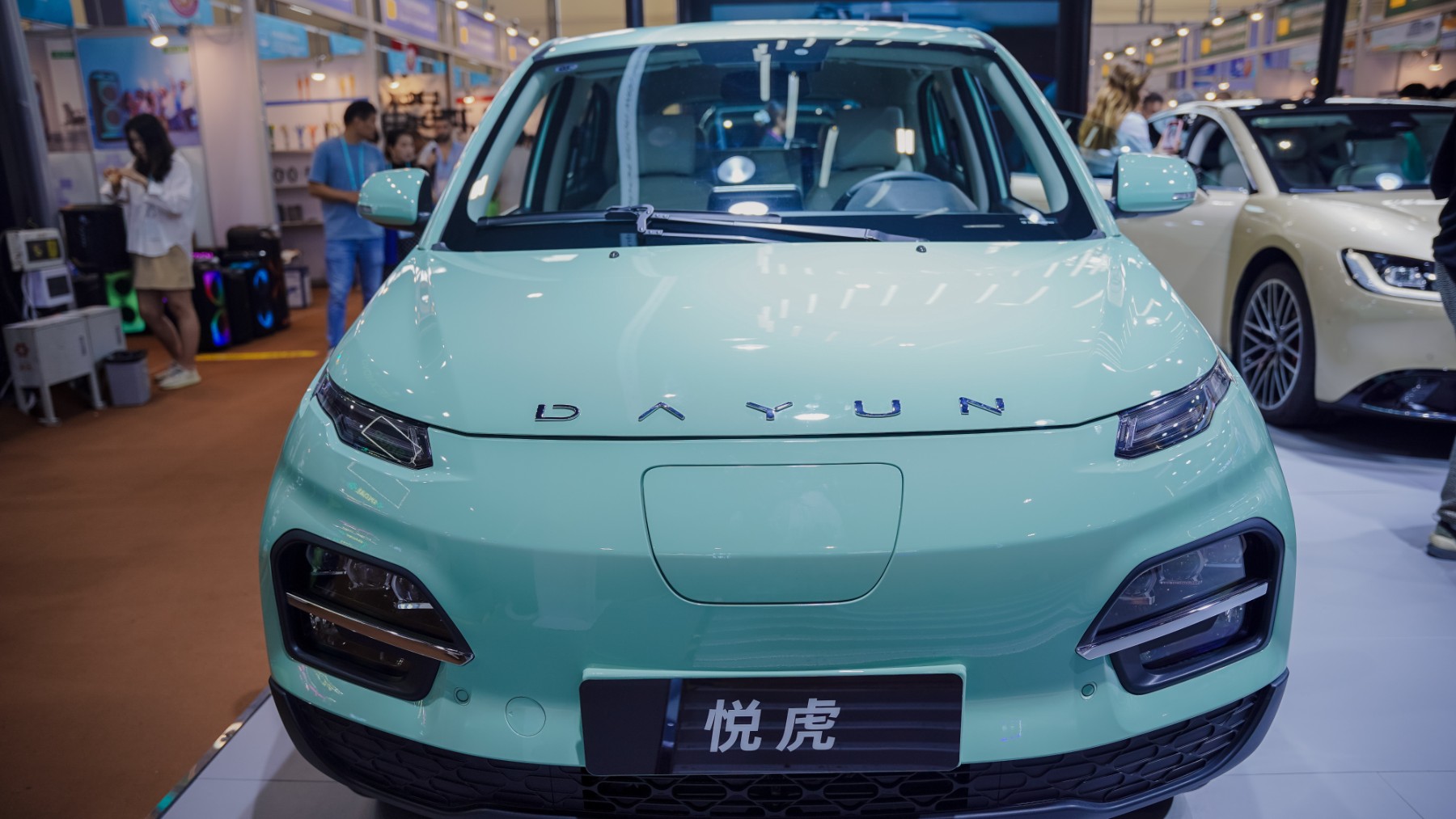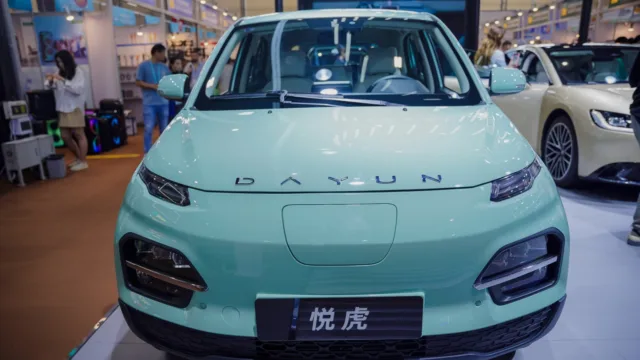
Electric cars just leaped across the two hurdles that have held them back for a decade: 30-minutes‑long pit‑stops and true interstate range. The latest Chinese models are backed by megawatt‑class chargers, and the numbers sound like science fiction: up to 249 miles in five minutes, full tanks in under ten, and single‑charge road trips running 620‑plus miles.
Those figures dwarf today’s U.S. experience at a 250 kW Tesla stall or a 350 kW Electrify America post. The US domestic automobile industry is in hot water right now.
Electric super‑chargers rewrite the rulebook
Charging speed lives and dies by voltage and current. Most North‑American fast chargers peak at 400 V; Tesla’s V4 nudges 615 A at 250 kW. In China, automakers jumped to 800 V, then 900 V, and now a stunning 1,000 V architecture paired with one full megawatt of power. BYD’s new “Megawatt Flash Charger” pours juice at double the rate of a Porsche Taycan session, squeezing the entire experience into the time it takes to order a latte. CATL, the world’s largest battery maker, calls its matching posts a “one‑kilometer‑per‑second pump.”
Megawatt status matters because charge rate equals capacity times C‑rate. A 100 kWh pack rated at 10C can accept 1,000 kW without turning into a toaster. That ceiling was unthinkable two years ago. Now it is certified, cooling‑loop and all.
Electric range records tumble
When talking about electric cars, speed is only half the picture; the other half is distance. NIO proved its semi‑solid‑state prowess by driving an ET7 sedan 648 miles in one go… enough to run LA to Salt Lake City without plugging in. GAC Aion demonstrated an 80 % top‑up in eight minutes on its 6C battery, while Xiaomi’s new SU7 Max grabs 317 mi during a coffee break.
For perspective, the longest‑legged U.S. model today, the Lucid Air Grand Touring, stops at 516 mi EPA. The Chinese industry has quietly put an extra state line between charges. You might not have to bring a book with you while you charge your electric car anymore.
How did they do it? CATL’s Shenxing PLUS replaces part of the graphite anode with a nano‑structured silicon network, boosting ion diffusion while keeping costs under control. BYD doubled down on its Blade LFP cell, stretching the form factor and embedding a graphene‑based thermal pad that safely absorbs 10C assaults. Semi‑solid‑state packs bond a gel electrolyte with sulfide solid powder, pushing energy density above 400 Wh/kg. Add slippery aerodynamics and next‑gen silicon‑carbide inverters, and you get range and speed in the same package.
Electric shockwaves for America
For U.S. drivers, megawatt tech could erase the mental math every time the battery icon glows amber. Five‑minute splash‑and‑dashes slot neatly into a coffee break, matching gasoline for station dwell time. That convenience neuters range anxiety and makes larger‑capacity packs optional rather than mandatory.
But the shockwaves run deeper. BYD and CATL have hinted at licensing the platform to global partners. If tariffs or politics block direct imports, a Detroit badge could still hide a Shenzhen heart. Tesla’s upcoming V5 network and GM’s 800 V Ultium upgrade suddenly look like stepping‑stones, not finish lines.
Reality checks
Before you trade in your Mustang Mach‑E, a few disclaimers: China quotes CLTC or sometimes WLTP numbers. Both cycles read rosier than the EPA test by roughly 15 percent. A 1,000 km sedan may land at 550–600 mi on U.S. soil —not shabby, yet not teleportation.
Finally, grid infrastructure must handle peaks that equal an entire suburban block. Your local transformer might not love a parking lot full of megawatt pumps.
Still, the verdict is in. Chinese brands have crossed technical thresholds, and the country’s next wave of exports is due in Europe this fall and —pending tariffs— in Mexico next spring. The first time an American road‑tripper plugs into a 1 MW post and walks away five minutes later with a battery full of electrons, the conversation around electric mobility will change forever.







